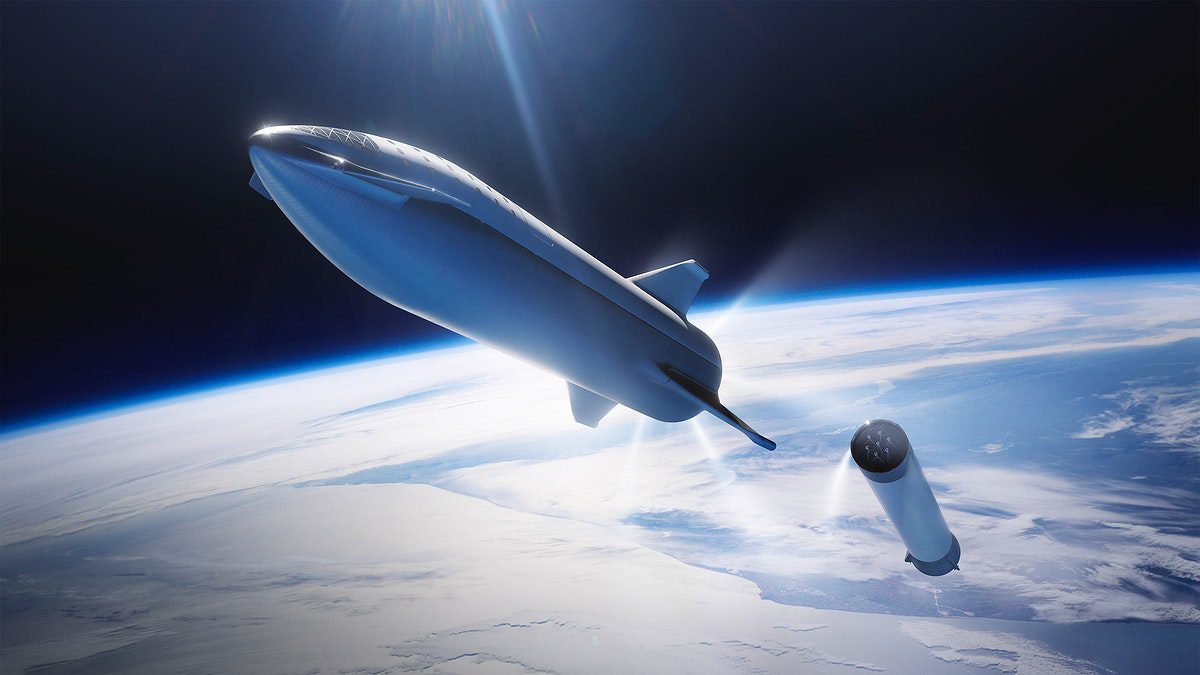Known as “Tanker-002,” the co-developed spacecraft will technically be the first propellant depot – essentially a gas station in space – to reach a geostationary orbit ~36,000 km (~22,300 mi) above the Earth’s surface. Based around a variant of Spaceflight’s brand new Sherpa OTV space tug vehicles, OrbitFab hasn’t disclosed the planned capacity of its unique GEO depot but the public specifications of Sherpa suggest that the company will be able to deliver a few hundred kilograms (300-800 lb) of hydrazine accessible via several tiny docking ports.
However, Tanker-002 isn’t interesting solely for its unique position as a tanker in GEO. How Spaceflight and OrbitFab plan to get the small spacecraft into position will be a feat of engineering and trajectory design in its own right.
Spaceflight intends to co-manifest Tanker-002 on Intuitive Machines’ IM-2 lunar lander, which is scheduled to launch no earlier than (NET) late 2022 or early 2023 on a SpaceX Falcon 9 rocket. Spaceflight’s Sherpa-ES tug and Tanker-002 will first piggyback into orbit on the IM-2 lander but will quickly part ways around four hours after liftoff. Instead of preparing to enter orbit around the Moon, Sherpa-ES will perform a small burn, tweaking its trajectory into a lunar flyby and gravity assist maneuver.
Thanks to a first-of-its-kind trajectory developed by startup GeoJump, that slingshot around the Moon will allow Sherpa-ES and Tanker-002 to enter a circular geostationary orbit far more efficiently and only a few weeks after launch. Meanwhile, the IM-2 lander will likely enter lunar orbit and begin a gradual descent until it’s ready to land – perhaps around the same time as Tanker-002 reaches GEO.
Above all else, OrbitFab’s Tanker-002 depot is more of a full-fidelity proof of concept. In an effort to tackle the chicken-and-egg challenge of commercial orbital propellant depots (which comes first: the refuelable spacecraft or the fuel source?), OrbitFab will be launching the tanker (much like it did Tanker-001) before any prospective customers for its propellant exist. That means that even after it reaches GEO, there are no existing spacecraft capable of being refueled by it. Given how small Tanker-002 likely is, it’s also sized to refuel a class of geostationary smallsats that are an ongoing source of study and development but only barely exist in the present day.
With any luck, OrbitFab – having secured interest and limited funding from companies like Northrop Grumman and Lockheed Martin – will have its “build it and they will come” leap of faith rewarded in coming years.
According to www.teslarati.com. Source of photo: internet








